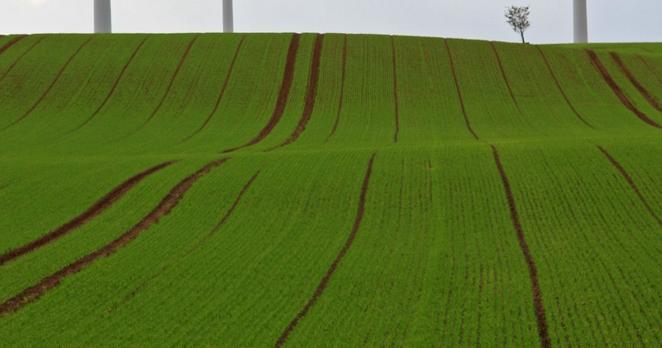How Returning Lands to Native Tribes Is Helping Protect Nature
From California to Maine, land is being given back to #NativeAmerican tribes who are committing to managing it for conservation. Some tribes are using #TraditionalKnowledge, from how to support #wildlife to the use of prescribed fires, to protect their ancestral grounds.
By Jim Robbins • June 3, 2021
"Now the [Salish and Kootenai] tribes are managing the range’s #bison and are also helping, through co-management, to manage bison that leave #YellowstoneNationalPark to graze on U.S. Forest Service land. Their Native American management approach is steeped in the close, almost familial, relationship with the animal that once provided food, clothes, shelter — virtually everything their people needed.
"'We treat the buffalo with less stress, and handle them with more respect,' said Tom McDonald, Fish and Wildlife Division Manager for the tribes and a tribal member. The tribes, he noted, recognize the importance of bison family groups and have allowed them to stay together. “That was a paradigm shift from what we call the ranching rodeo type mentality here, where they were storming the buffalo and stampeding animals. It was really kind of a violent, stressful affair.'
"In #California, a land trust recently transferred 1,199 acres of #redwood forest and prairie to the #EsselenTribe.
"There is a burgeoning movement these days to repatriate some culturally and ecologically important lands back to their former owners, the Indigenous people and local communities who once lived there, and to otherwise accommodate their perspective and participation in the management of the land and its wildlife and plants.
"Throughout the United States, land has been or is being transferred to tribes or is being co-managed with their help. In California, a land trust recently transferred 1,199 acres of redwood forest and prairie to the Esselen tribe, and in Maine, the Five Tribes of the #WabanakiConfederacy recently reacquired a 150-acre island with the help of land trusts. Other recent land transfers to tribes with the goal of conservation have taken place in #Oregon, #NewYork and other states.
"The use of Indigenous management styles that evolved over many centuries of cultures immersed in nature — formally called Traditional Ecological Knowledge (#TEK) — is increasingly seen by conservationists as synergistic with the global campaign to protect #biodiversity and to manage nature in a way that hedges against #ClimateChange.
"The #NatureConservancy, for example, one of the world’s largest conservation organizations, has institutionalized the transfer of ecologically important land with its Indigenous Peoples and Local Communities Program in both the U.S. and globally."
Read more:
https://e360.yale.edu/features/how-returning-lands-to-native-tribes-is-helping-protect-nature


